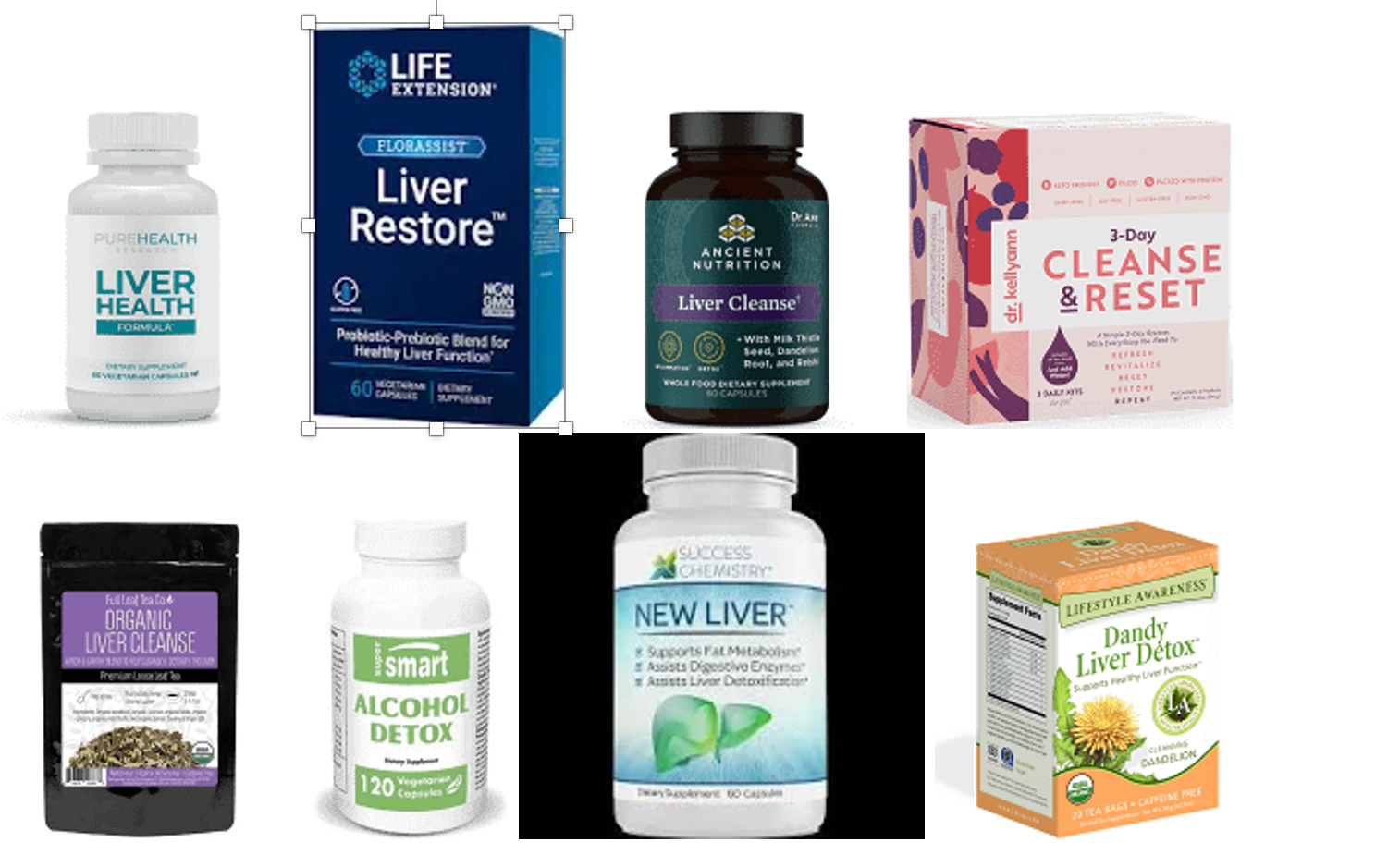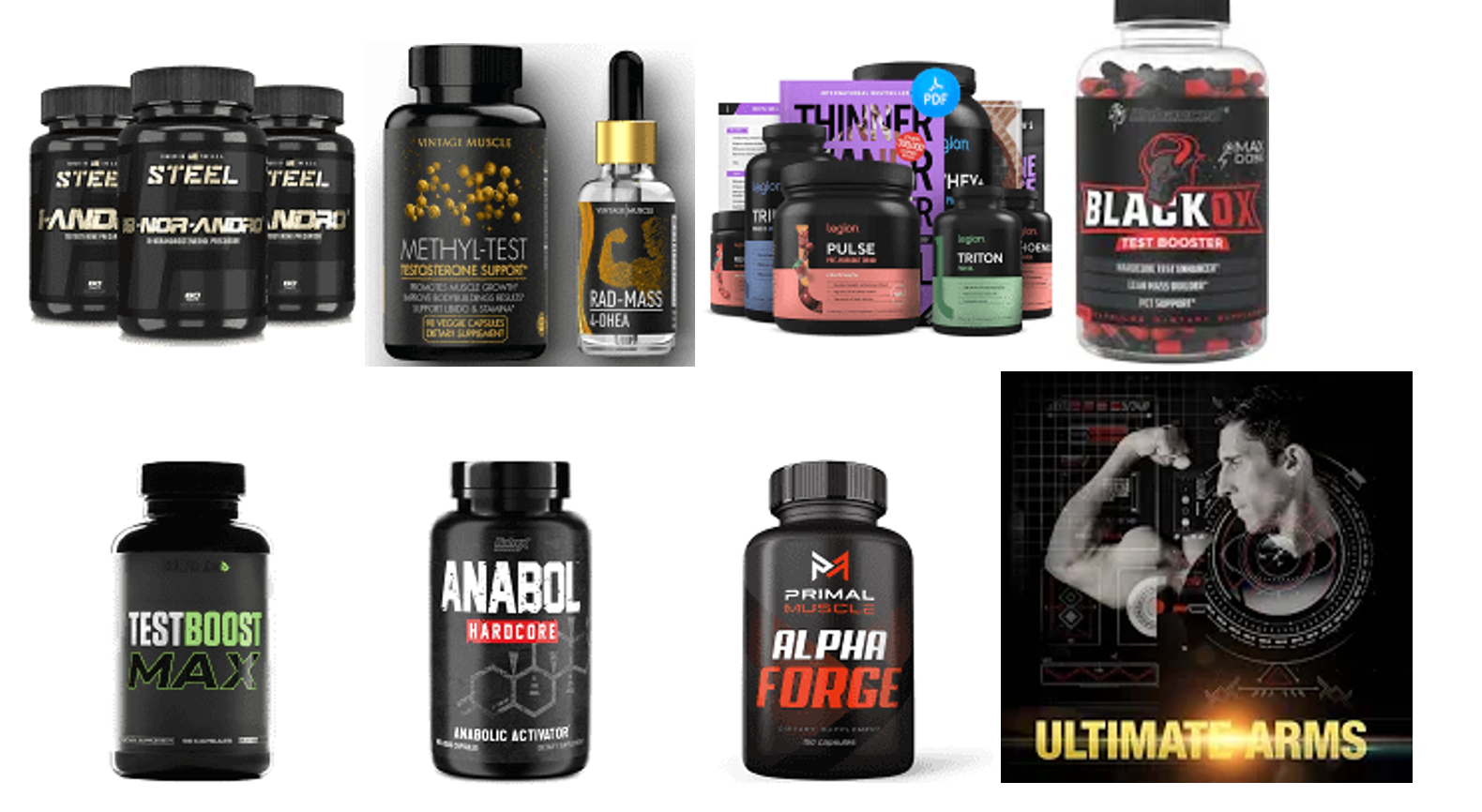Myths and believes
Important facts to know about liver
“Don’t take acetaminophen, it is not safe for liver”
“Acetaminophen is the safest analgesic if taken in appropriate doses even in the presence of liver disease and cirrhosis. AASLD recommend it as first line analgesic in the setting of liver disease.”
“It is ok to take ibuprofen or Aleve if you have liver disease”
“NSAIDs are among the most prescribed agents in clinical practices for analgesic, antipyretic, anti-inflammatory and rheumatological disorder therapeutics. However, NSAIDs often cause serious liver injury, such as drug-induced liver injury (DILI). Roughly 10% of total drugs that induced hepatotoxicity are related to NSAIDs.”
https://doi.org/10.1038/srep08114
“Salicylates and other NSAIDs bind to albumin and release byproducts that must be cleared by the kidney. A decrease in liver function can alter the processing of the NSAIDs and leads to a higher risk of gastrointestinal mucosal injury and bleeding and kidney disease.” Prevention of these complications is important since higher mortality rates are seen with them.
https://aasldpubs.onlinelibrary.wiley.com/doi/full/10.1002/cld.737
“Stop statins if LFTs are abnormal”
“Hepatotoxicity due to statin use is uncommon, associated with mild-to-moderate elevations in aminotransferases, and is usually self-limited often without need for discontinuation or dose adjustment. Statin use in acute hepatitis or decompensated cirrhosis is not recommended; therefore, statins should be discontinued in these cases.”
https://aasldpubs.onlinelibrary.wiley.com/doi/full/10.1002/cld.788
“Take milk thistle, it is good for the liver”
“Silymarin is a mixture of flavonolignans extracted from the milk thistle (Silybum marianum Gaertneri) and has a history as a medical plant for almost two millennia. The main component of silymarin is silibinin. Silibinin has strong antioxidative and antifibrotic properties, which make it a potentially useful drug for treatment of chronic liver diseases. However, extensive first-pass metabolism in the intestine and the liver are responsible for low oral bioavailabilities of flavonoids, meaning the levels in the blood are low.”
During a clinical study, it was found that “Silymarin minimally reduced, but without clinical relevance, the serum levels of ALT and AST.” Therefore, no real benefit comes from taking milk thistle.

“My friend told me to take, liver cleansing agent”
Examples of liver cleansing agents include, but are not limited to:
These supplements, and others like them, can cause harm to the liver. The best way to improve the liver is to identify the cause of the liver disease and treat it appropriately.
“Herbal and dietary supplements (HDSs) are commonly used in the United States, often in combination or as multi-ingredient products. Many cases of liver injury caused by HDS have been documented in the literature, leaving little doubt as to the potential for harm. Drugs and HDSs were the second most common cause of acute liver failure, with acetaminophen being the most common.”
Liver Injury from Herbal and Dietary Supplements: An Introduction (aasld.org)

“My gym trainer advised me to take supplements to grow muscles”
Examples of growth supplements include, but are not limited to:
“Many supplements for muscle building contain androgenic anabolic steroids (AAS), whether disclosed or not.”
https://www.ncbi.nlm.nih.gov/pmc/articles/PMC7438350/
Anabolic steroids, which are synthetic derivatives of testosterone, are also sometimes used illicitly for building muscle. AAS have been proven to cause “cholestatic liver injury and long-term use of androgens is associated with development of liver tumors including hepatocellular carcinoma, hepatic adenoma and vascular changes (peliosis hepatis).”
https://www.ncbi.nlm.nih.gov/books/NBK548931/
“Creatine is a peptide that improves weight, strength, and muscle mass gain. It has been linked to liver damage. Several other products have been associated with drug-induced liver injury in case reports.”
https://www.ncbi.nlm.nih.gov/pmc/articles/PMC7438350/
“Herbal and dietary supplements (HDSs) are commonly used in the United States, often in combination or as multi-ingredient products. Many cases of liver injury caused by HDS have been documented in the literature, leaving little doubt as to the potential for harm. Drugs and HDSs were the second most common cause of acute liver failure, with acetaminophen being the most common.”
Liver Injury from Herbal and Dietary Supplements: An Introduction (aasld.org)
“I went to ER, doctor told me that you have cirrhosis and start taking lactulose 30 cc three times daily”
“Per AASLD, the dosing of lactulose should be initiated with 25 mL of lactulose syrup every 1-2 hours until at least two soft or loose bowel movements per day are produced. Subsequently, the dosing is titrated to maintain two to three bowel movements per day. It is a misconception that lack of effect of smaller amounts of lactulose is remedied by much larger doses. There is a danger for overuse of lactulose leading to complications, such as aspiration, dehydration, hypernatremia, and severe perianal skin irritation, and overuse can even precipitate Hepatic Encephalopathy (HE).”
Hepatic Encephalopathy in Chronic Liver Disease: 2014 Practice Guideline by AASLD and EASL
“My friend said that it is ok to drink beer, it is not an alcohol”
“In the United States, one ‘standard’ drink (or one alcoholic drink equivalent) contains roughly 14 grams of pure alcohol, which can be found in 12 ounces of regular beer, which is usually about 5% alcohol.”
What Is A Standard Drink? | National Institute on Alcohol Abuse and Alcoholism (NIAAA) (nih.gov)
“Alcohol use disorder (AUD), a common consequence of excessive alcohol consumption, often leads to the development of chronic liver disease (CLD), which is marked by gradual destruction of liver tissue over time and includes liver fibrosis and cirrhosis. AUD is not only limited to those with alcohol-related liver disease (ALD) but can be present in other causes of CLD such as nonalcoholic steatohepatitis. Abstinence has been shown to improve the outcome and histological features of hepatic injury, to reduce portal pressure and decrease progression to cirrhosis, and to improve survival at all stages in patients with Alcohol Liver Disease (ALD). Continued alcohol ingestion results in an increased risk of portal hypertensive bleeding, especially in patients who have previously bled, and worsens both short-term and long-term survival.”
Alcoholic liver disease (aasld.org); Treating Alcohol Use Disorder in Chronic Liver Disease (aasld.org)
“My doctor told me, I have cirrhosis, but I don’t drink alcohol”
“Cirrhosis is defined as the histological development of regenerative nodules surrounded by fibrous bands in response to chronic liver injury, that leads to portal hypertension and end stage liver disease.”
“The major causes of cirrhosis are HBV [hepatitis B virus], hepatitis C virus (HCV), alcohol, and nonalcoholic fatty liver disease (NAFLD), but less-prevalent conditions, such as hereditary hemochromatosis, primary biliary cholangitis (PBC), and more can also cause cirrhosis.”
“I am diagnosed with cirrhosis, my doctor told me it is the end stage”
“The natural history of cirrhosis is typically progression from an early asymptomatic phase termed ‘compensated cirrhosis,’ to the development of portal hypertension and complications, with or without liver dysfunction, termed ‘decompensated cirrhosis’ or end-stage liver disease (ESLD). ESLD is characterized by acute decompensating episodes, often necessitating hospitalization for the management of ascites, hepatic encephalopathy (HE), portal hypertensive gastrointestinal bleeding, and jaundice.”
Palliative care in end‐stage liver disease: Time to do better? (aasld.org)
“Cirrhosis does not heal”
“At present, liver transplantation remains the only curative option for a selected group of patients, but pharmacological therapies that can halt progression to decompensated cirrhosis or even reverse cirrhosis are currently being developed. Elimination of the trigger(s) that lead to cirrhosis is likely to retard progression to a higher Child-Turcotte-Pugh (CTP) class and to reduce the incidence of HCC. There is evidence that causal treatment may even reverse cirrhosis, although in some of the reports sampling variability cannot be excluded.”
